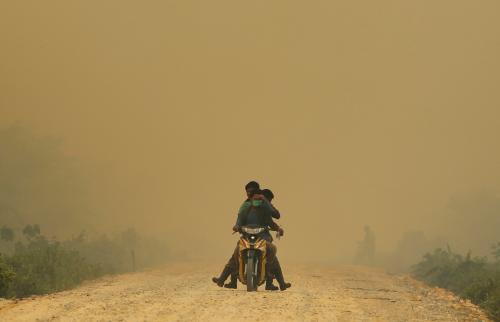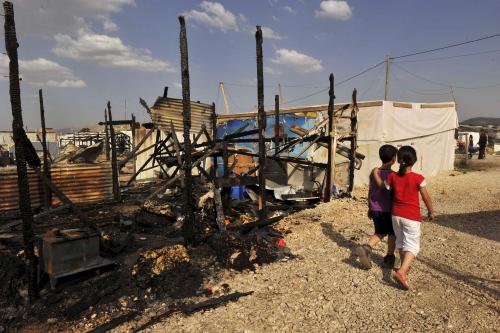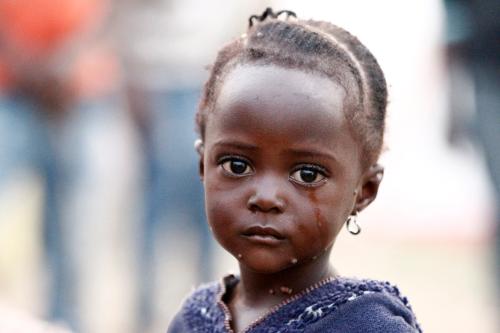Introduction
While it may have as many meanings as people who invoke its name, development generally has positive, though perhaps ambiguous, connotations. Uneven development is a bad thing and sustainable development is a good thing but, for the most part, under-developed countries and communities seek to become more developed, whether that is through improving health and livelihoods, expanding educational opportunities, or building infrastructure. But, as the citations above suggest, development does not benefit everyone equally and for some—indeed, for millions of people around the world—development has cost them their homes, their livelihoods, their health, and even their very lives. The suffering of those displaced by development projects can be as severe, and the numbers as large, as those displaced either internally or internationally by conflict and violence. What follows is an examination of the often-overlooked phenomenon of development-induced displacement, its causes, consequences and challenges for the international community.
Concepts and Definitions
In situating the concept of development-induced displacement within the global context of population movements, it may be useful, on the one hand, to view internal and international migration, voluntary and involuntary movement, negative “distress” migration and positive “livelihood” migration as a continuum with no single, clear line separating one type from the other. Migration may begin internally but eventually cross international boundaries just as international migration may one day cycle back home. Voluntary movement may contain elements of coercion just as involuntary movement is not without rational decision-making or strategic choice. On the other hand, distinctions can and should be made at certain points along the continuum so that one can tell the difference, for example, between an oil-company executive who moves to take a management position overseas and the subsistence farmer who is moved from her land so the oil company can drill.
These points along the continuum, however, are not always self-evident nor simple to define. As this paper moves toward a description and a typology of development-induced displacement, it will explore various definitions—of refugee, internally displaced person, and of disasters, both natural and human-made. The focus will be on those points along the continuum that fall more or less clearly within the scope of involuntary migration. When people are induced to move—that is, when they are displaced—even if it is by development schemes, then what is occurring can be termed forced migration, using Nicholas Van Hear’s definition of forced migration in reference to “individuals or communities compelled, obliged, or induced to move when otherwise they would choose to stay put; the force involved may be direct, overt and focused, or indirect, covert, and diffuse.”


